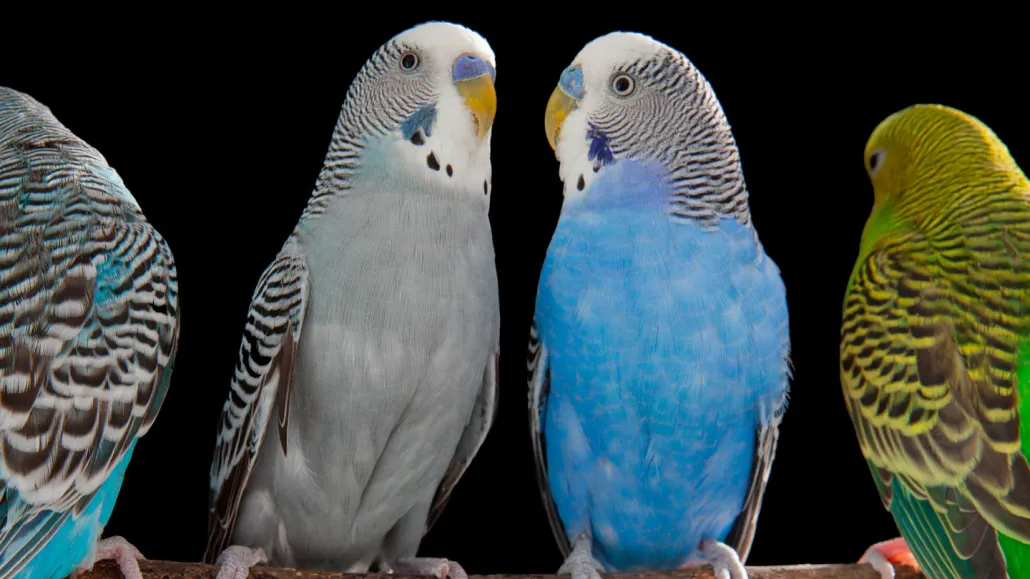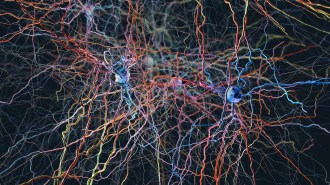Parrots and humans share a brain mechanism for speech
Budgerigar’s language centers use a "vocal keyboard" that’s surprisingly humanlike

Specific nerve cells in budgerigars’ brains allow the parrots to combine different elements of sounds, a new study shows.
Christopher Auger-Dominguez






